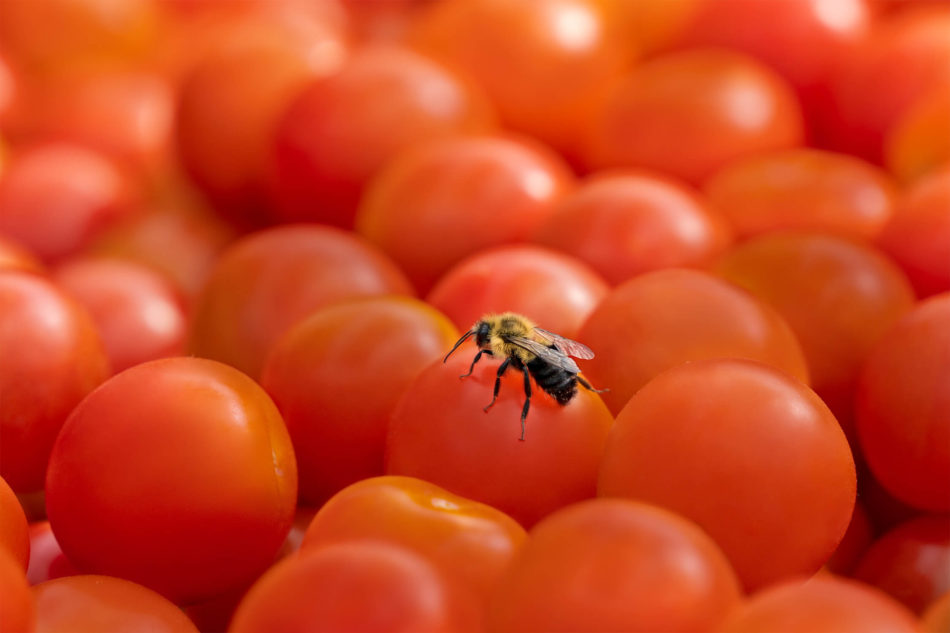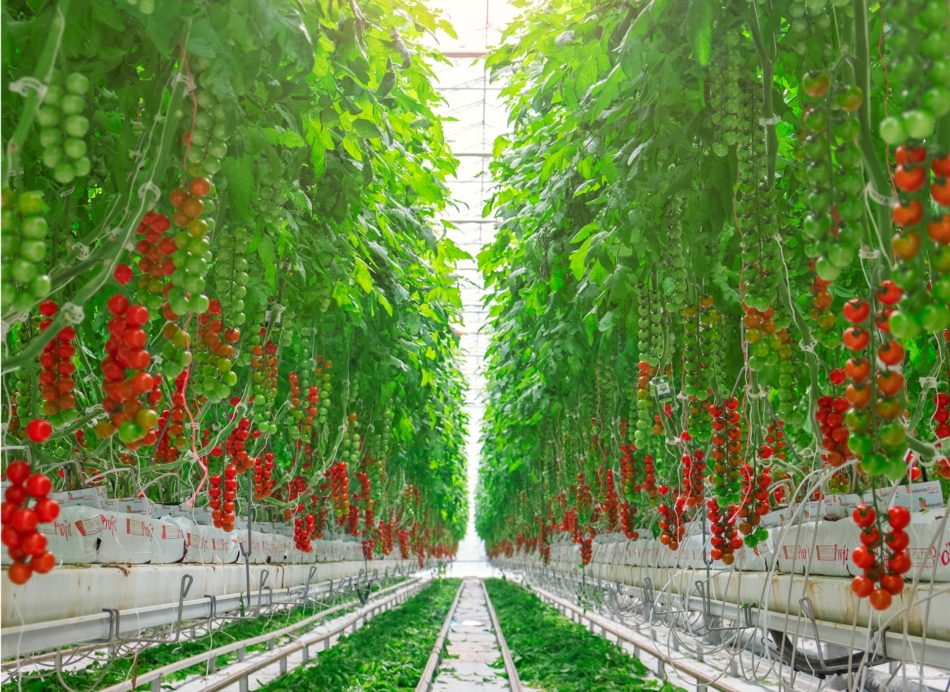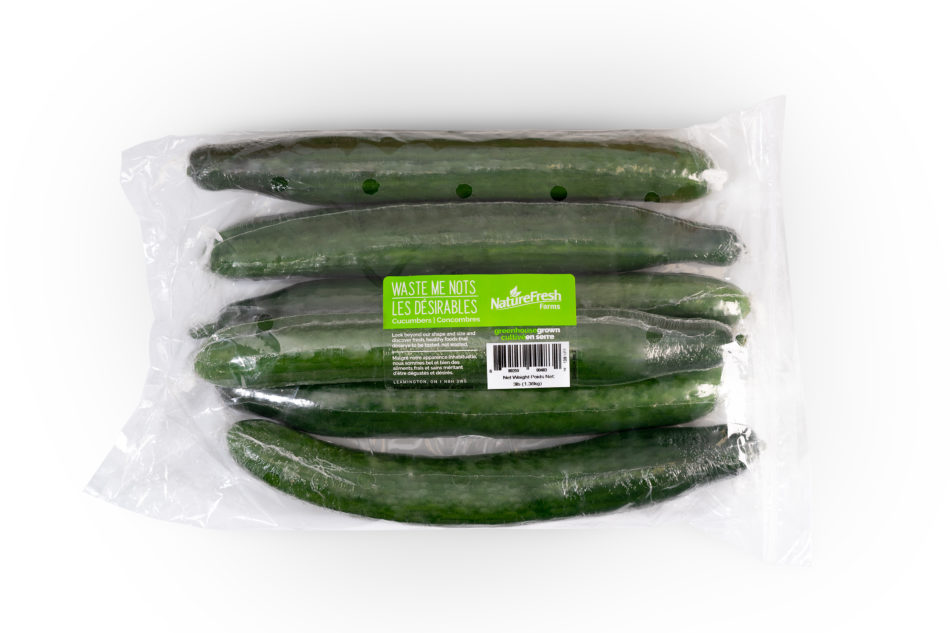Why Celebrate Earth Day?

When we celebrate Earth Day, we get to reflect on how our decisions over the past year have helped or hindered the health of our planet. But we also have the opportunity to make even kinder plans for the future!
The theme for Earth Day 2021 is Restore Our Earth, which focuses on our need to bring our planet back into a healthy balance. There is always a better way forward: whether that’s supporting forest conservation and restoration projects, making diet changes that align with eco-friendly food production, or reducing waste in our communities, there are lots of different ways we can help our planet thrive.
One of the most important reasons why restoring our earth is so essential is because a healthier earth means healthier communities. As a farm that grows nutritious food, we will always advocate for the health of both our planet and our people. We’re growing for a kinder future because there’s more at stake and more we can do to make a difference.
We have the power – as a farm, as a community, and as people – to protect and restore the world we love! It’s what we do with that power that matters.
Let’s take a closer look at how our food choices can impact our planet in positive ways!
What is a Foodprint?
A foodprint refers to the impact that growing, producing, packing, shipping, and storing food has on the environment. That means everything involved in getting food from a farm or producer to your kitchen impacts that food’s or food producer’s foodprint. Looking at the foods we eat through a foodprint lens can help us determine how the foods we eat impact the health of our planet. And with that knowledge, we can start making better decisions about our diets.
While all food has a foodprint associated with its journey from farm to fork, some foods have a higher foodprint than others because they require more resources to be produced and distributed. In comparison to high-foodprint foods like meat or dairy products, many fruits and vegetables have a smaller foodprint because they generally require less resources to produce, ship, and store.
If you’re interested in learning more about the overall foodprint of your diet, check out these free Foodprint Calculator tools!
The Foodprint of Greenhouse-Grown Produce
Now that you know more about foodprints and why they’re important to measure, the question is this: how can you make kinder food choices that are better for both yourself and the planet? One way is to choose greenhouse-grown produce when making your weekly trip to the store!
Eco-friendly Agriculture
Consuming more plant-based foods – including fruits and vegetables, legumes, nuts, seeds, and whole grains – is an easy way to reduce the impact of your diet’s foodprint! Many of these plant-based foods require significantly less resources for production, making them more eco-friendly foods to add to your diet.
When we look specifically at greenhouse-grown vegetables like Tomatoes, Peppers, and Cucumbers, you find foods with an even smaller foodprint because of the more sustainable growing methods being used to produce them. Not only do greenhouse farms like ours use an efficient closed-loop watering system to grow their vegetables, but they also use less land!

All farms need water to grow or produce food, but greenhouse farms have adopted a smart watering system that makes the most of this precious natural resource. By collecting, cleaning, and recirculating excess water within the system, we’re able to save millions of liters of water every year.
Land is another natural resource that greenhouse farms have gotten good at using efficiently. We grow our Tomatoes, Peppers, and Cucumbers using vertical growing techniques. With strings and clips, we make sure our plants are fully supported to grow tall and strong, and our team keeps the plants regularly pruned so they stay balanced. Vertical growing helps us get more production out of our plants–by maximizing our space, we can grow more with less!
Next time you pick up greenhouse-grown vegetables at the store, you can feel even better about your fresh produce foodprint knowing that your favorite vegetables were grown in a kinder way.
Less Food Waste
We can’t talk about foodprints without focusing on the issue of food waste. As a farm, we do a lot to limit waste at the farm, warehouse, and store level, but we also believe it’s our responsibility to give our customers helpful resources to reduce food waste in their own homes. The more that our food is wasted, the worse our foodprints become, so it’s essential that we keep finding better ways to minimize food waste at every level of the food chain!

Here are some of the steps we’ve taken to reduce food waste at Nature Fresh Farms:
- We started the Waste-Me-Nots program to give our most special Tomatoes, Peppers, and Cucumbers a second chance at shelf life. Learn more about the program here!
- Every week, donations of fresh produce items that don’t meet retail size or shape requirements are given to our local food rescue partners.
- Food Loss Coordinators at our Distribution Centers find and present sales opportunities for unique products that need a home.
Food waste is a big part of our mission to reduce our farm’s overall foodprint. But finding better ways to reduce food waste doesn’t stop at the food producer: there’s a lot you can do at home to limit food waste (and have a positive impact on your own foodprint)! Here are a few easy ways you and your family can reduce food waste in your kitchen:
- Try backyard composting! This is a great alternative to throwing many food scraps or tired fruits and vegetables in the garbage. Check out our guide for creating your own backyard compost bin!
- Store your food properly. When you store your food the right way, you give yourself more time to eat it before it spoils. Our Veggie Storage Guide is a great resource that gives you helpful tips for properly storing fresh Tomatoes, Peppers, and Cucumbers.
- Shop, store, and eat smarter. Check out these 15 simple tips for reducing food waste at home, including tips for smarter grocery shopping, kitchen storage, and cooking.
Our farm is working hard to limit food waste and ensure our foodprint stays top of mind. But once our vegetables leave the farm and end up in your kitchen, its up to you to make reducing food waste a top priority!
Distribution & Packaging
There are other parts of the food supply chain that also contribute to a food’s overall foodprint, including how that food is distributed and packaged. If food distribution or packaging is inefficient, those inefficiencies can cause damage to our environment.
We have a big picture view of our business, so keeping distribution and packaging in mind when looking at the impact of our farm’s foodprint has always been important to us. Here are some of the ways we’re reducing our company’s foodprint with smarter food distribution and packaging initiatives:

- We’ve joined the SmartWay Transport Partnership program to measure the environmental impact of our freight supply. SmartWay will also be providing us with expert recommendations to help us modify our transportation strategies and improve the shipping side of our foodprint. Learn more about the program here!
- With all our packaging, we conduct rigorous shelf-life testing. This helps us ensure that the proper packaging is being used to support and extend our products’ shelf-life. The longer a product’s shelf-life, the longer it will take a product to spoil (which helps limit food waste at every level of the food supply chain).
- Taking the concept of reducing waste one step further, we’ve invested in more compostable and recyclable packaging options to further reduce waste associated with the foods we grow. Our 100% home compostable Cucumber wrap and compostable and recyclable pulp molded tray are two excellent examples of eco-friendly packaging that protects both our products and our planet!
When we talk about foodprints, we need to consider how every level of the food supply chain – all the way from food production to packaging and storage – has a direct impact on our overall foodprint.
Celebrate Earth Day Every Day
While Earth Day is important for us to celebrate on April 22nd, we should be spending more than just one day a year looking at how we can help our planet thrive! At Nature Fresh Farms, every day presents us with an opportunity to make a difference. And since our future depends on it, we’re more than up to the challenge!



